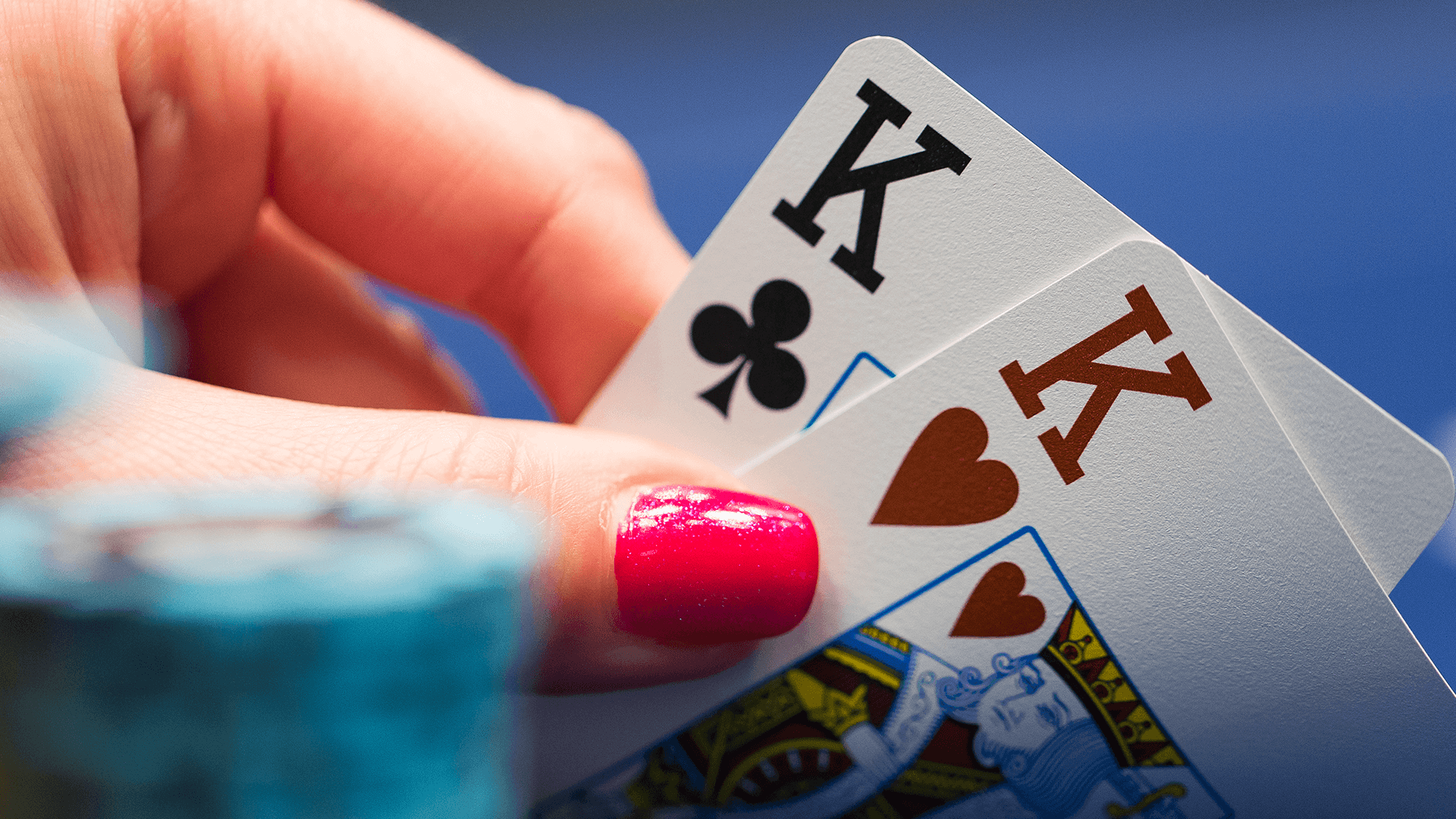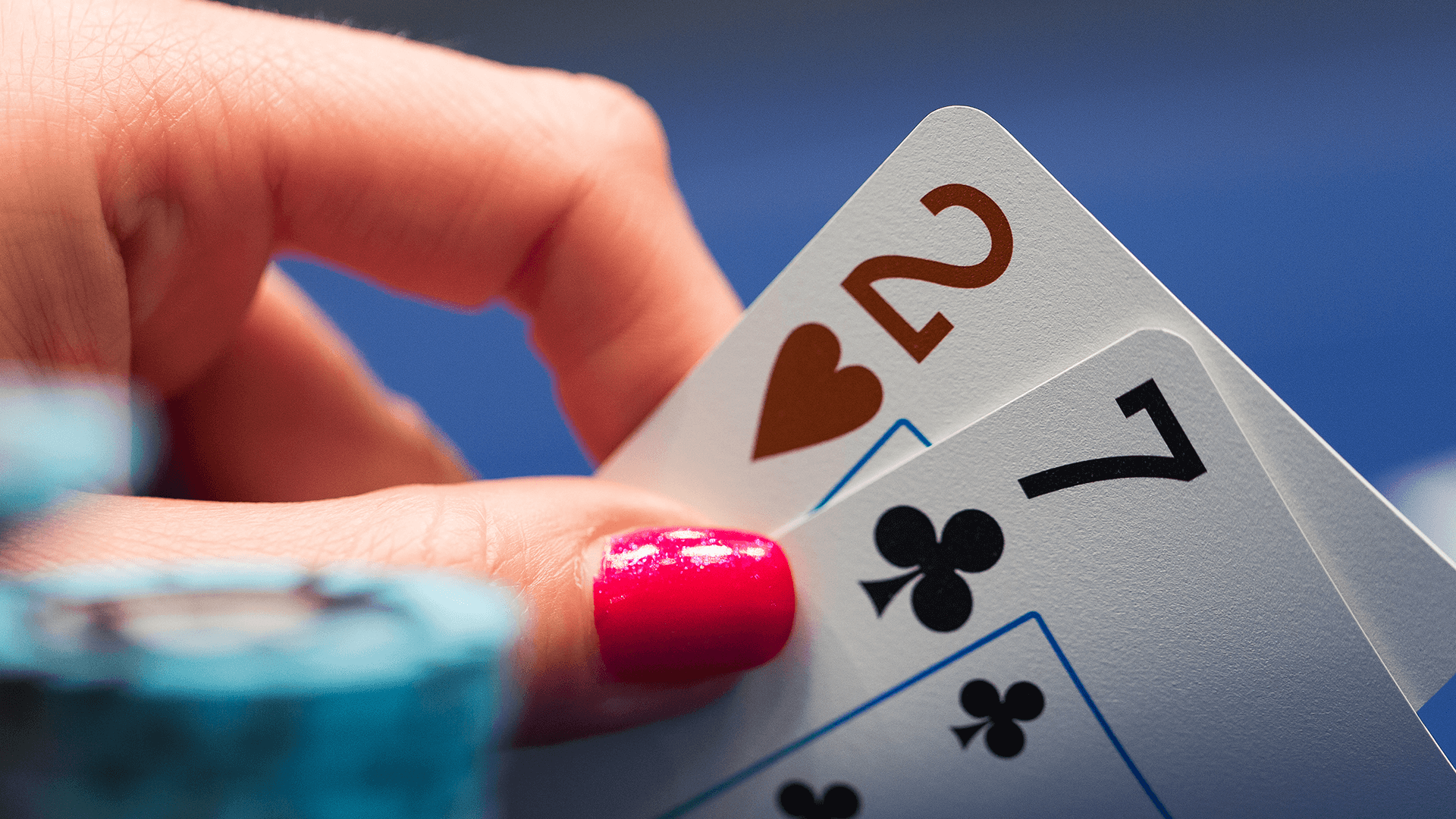Entering the Pot
We saw in the previous lesson how you go about assessing the value of your starting hand, and once you have figured out its strength, you need to decide how you want to play it.
Once again it is worth repeating that very little is ever cut and dried in poker. General rules can be bent many times, depending on the particular circumstances. But your options pre-flop are always the same: to play (call or raise) or not to play (fold).
Your decision here determines much about how the rest of the hand plays out, and will likely depend upon three crucial factors:
- Your hand strength
- Your position at the table
- Your opponents’ action in front of you
Grouping Starting Hands
As we have seen, various factors combine to make one starting hand stronger than another – namely whether it is paired, suited or close in rank. As a result, poker hands can subsequently be sorted into loose groups and you can begin thinking about the strategy for playing each.
We’ll call the strongest hands “monsters” and the weakest “trash”, with a couple of categories in between.

Group 1: Monsters
A♠ A♥ , K♣ K♥ , and sometimes A♥ K♥
Huge pairs are the best starting hands in Texas Hold’em poker, with aces the best of them all. These are “monster” hands and should always be played, even from early and middle position or against an opponent’s raise. It is advantageous to play these hands very aggressively, so you should definitely raise when you have a monster. See a monster, raise it up.
Many experts also consider a suited ace-king to be a monster hand. It is connected, both in suit and rank, and these are the highest two cards you can have without a pair. Under most circumstances it can be regarded as a monster and played accordingly. But be aware that it is actually only ace high if it does not connect with a flop. For some experts, it belongs only with the other very strong hands described below.
Group 2: Very Strong Hands
J♠ J♣ , 10♠ 10♥ , A♣ K♠ , A♣ Q♣
These are all very strong hands, but considerably less valuable than the hands in Group 1. This group contains paired cards slightly lower than the out-and-out monsters described above, or high-ranked connecting cards that are not quite the very best. An unsuited ace-king, for instance, is marginally less valuable than a suited version. A suited ace-queen is not quite as closely connected.
Nevertheless, you should play and raise with these very strong hands in the majority of cases. However, if there is a raise and a re-raise in front of you, you should be very wary that an opponent may have a better hand. You may consider folding. The raiser or re-raiser could easily have a hand from Group 1, which will be beating yours.
Group 3: Speculative Hands
Any pair from 9♣ 9♦ to 2♠ 2♥ , any ace with a kicker lower between a jack and nine, any suited ace, two suited cards ranked 10 or higher (e.g. Q♠ 10♠ ), K♠ Q♠ , K♠ J♠ , two cards of the same suit with a maximum gap of two ranks (9♠ 8♠ and 9♠ 7♠ ).
The most important factors in assessing your starting hand are whether your hole cards are paired, connected, or high in rank. “Speculative” hands are typically missing one or two of these things: they’re a pair, but not a particularly high pair; they’re suited, but not especially close in rank, etc.
Crucially all of these hands have the potential to make something much stronger, but are not particularly strong on their own. In early position you should probably fold them, because someone is likely to raise in later position and put you under pressure.
By contrast, in late position you could consider a raise, especially when all opponents in front of you have folded. If someone calls, you know that you have the potential to make something significantly stronger.
The most important lesson to learn about speculative hands is that they should be folded if someone else shows much greater strength, or if the hands’ potential is not realized.

Group 4: Weak/Trash Starting Hands
All other hands are considered weak starting hands. They are trash. They are neither highly ranked, nor connected in any meaningful way. Even something like 2♦ 3♦ is weak. It may look like it has potential to make a flush or a straight, but it is so low that it could often still be losing.
You should not play this kind of hand without a very good reason, and rather you should fold them consistently.
Considering Position
As ever in poker, your position at the table is a crucial factor to consider. This applies especially in your pre-flop decision making. If a large number of players can act behind you, you need to be very selective with your starting hands.
Tracking the Action
Another important factor to consider pre-flop is the action in front of you. If an opponent has already entered the pot, you know that he has a hand he wants to play. If he raised, he is telling you that he likes his hand and that he is keen to build a big pot.
You need to adapt your starting hand selection to this new information. You need to tighten up and only play hands that are strong enough to compete against his hand. You never know exactly what hand your opponent holds but often you can narrow down the range of possible holdings and get a better understanding of what you are facing.

Conclusion
The first decision you should make when receiving your hole cards is whether they are strong enough to justify entering the pot. Good starting hands often make good showdown hands, so the decision you make immediately can affect everything that follows.
As a beginner, you should probably play only the hands considered to be strong and fold all others. There is no shame in folding consistently – another hand will be along very soon.
But once you have decided to play, you should play aggressively and consistently, as previously discussed. You must also factor table position into your assessment of how strong your hand is, and you must make sure you pay attention to others at the table. They are giving you information about the strength of their hands when they bet or raise. Make sure you are listening.
